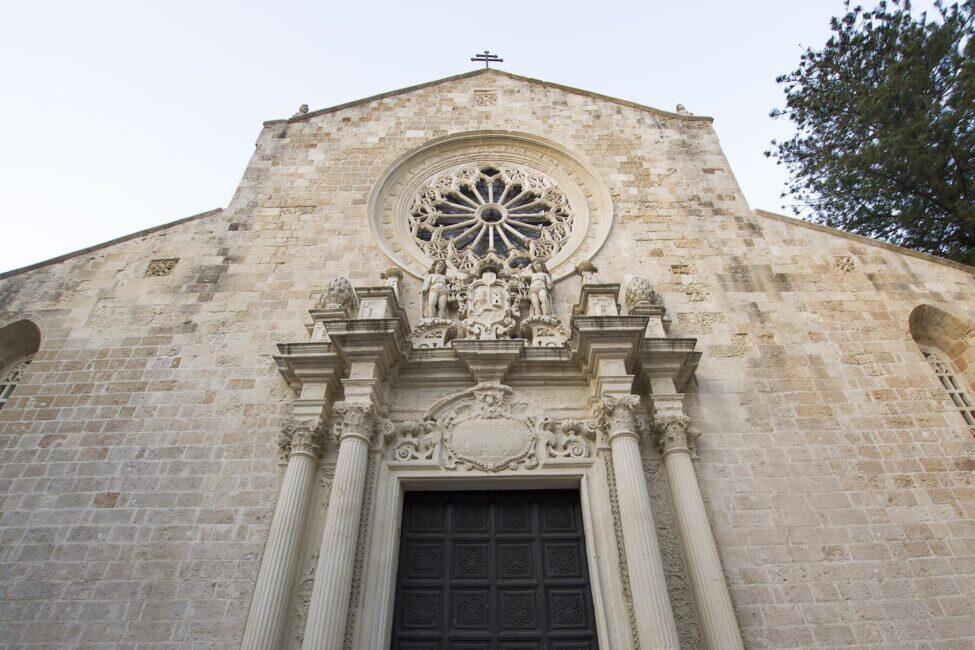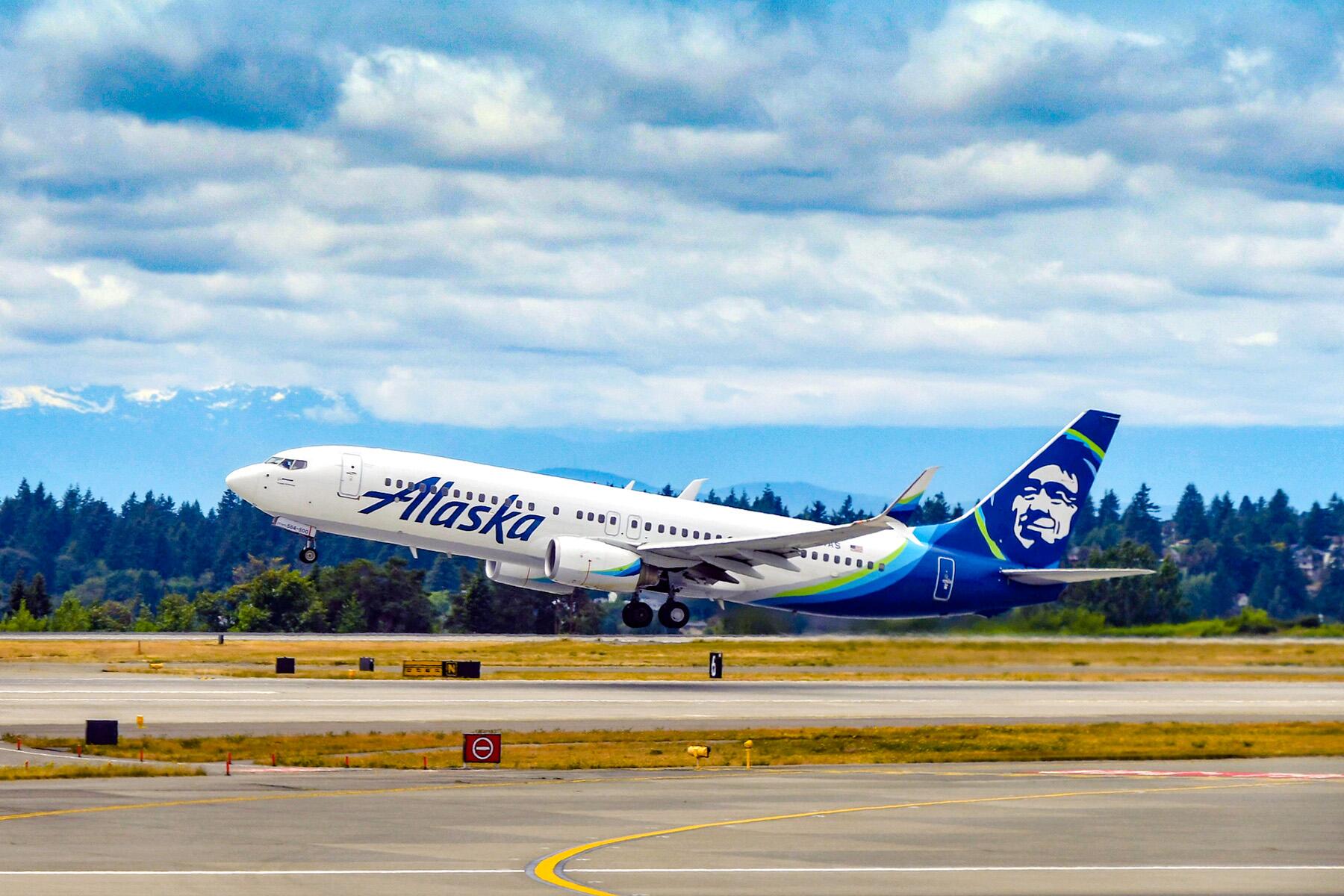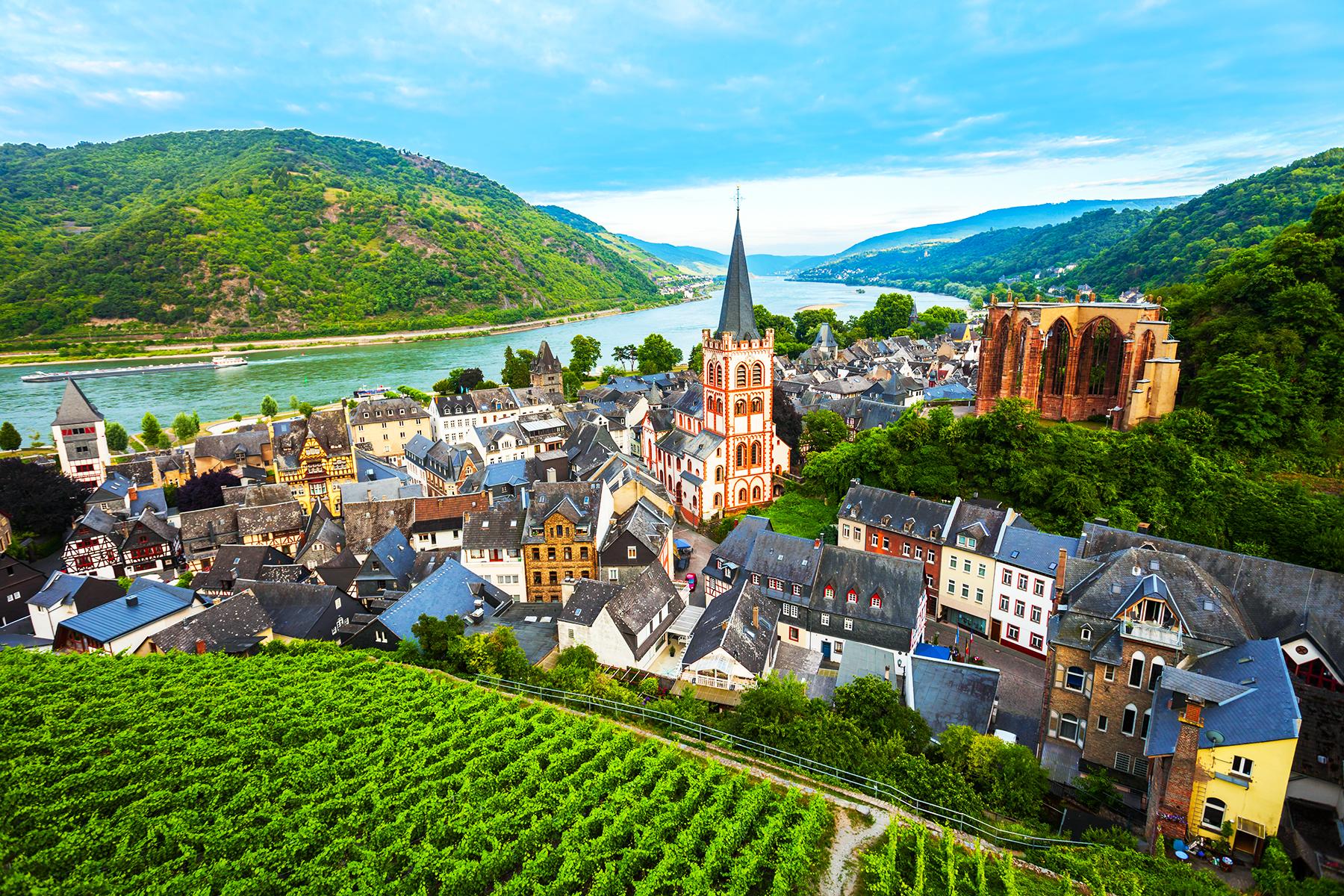Dolce vita on a budget.
Everyone dreams of an Italian holiday with brightly colored beach umbrellas and decadent al fresco dining. Few dreams, however, include the hefty price tag that usually comes with breath-taking views of the Mediterranean. But what if there was a way to enjoy the best of Italy for around €100 a day? Puglia, the heel of the country where the Italians come to spend their annual summer vacations, is the place to enjoy the best the country has to offer and not break the bank.
Puglia is perhaps best known for its abundant olive trees–the region produces 40% of the country’s olive oil–and the iconic cone-shaped trulli houses. Puglia is also the birthplace of burrata, so you know you’re gastronomically in good hands. But what Italian summer vacation would be complete without cocktails on sandy beaches and dips in warm turquoise waters? Thankfully, there is no shortage of picturesque beaches in Puglia, often framed by majestic bluffs and historic fortresses. In fact, the perfect body of water may avail itself when you least expect it, so don’t forget to carry a towel with you at all times. Allora, andiamo!
Transportation
Cost: €35
My friend Ellie and I landed in the port town of Brindisi, needing to make our way to Monopoli, in the province of Bari, 45 miles away. We could probably have taken a taxi for the price of our entire vacation, yet we were determined to get to our destination using public transportation.
In Brindisi, there is a shuttle going between the train station, airport, and harbor. On our way in, it’s easy. On the way back, it takes four people to figure out this bus goes in a figure eight. Somehow, we all still mistake “Porto” for “Aeroporto.” Give yourself ample time to course correct. It is also helpful to learn a few key phrases. A variation of “Posso comprare un biglietto per l’autobus/del treno?” (Can I buy a ticket for the bus/train?) and “Dove?” (Where?) come in very handy. Bus tickets are usually sold in the small shops and cafés adjacent to train stations. At the Brindisi airport, the coffee stand by the exit gets us two tickets for the bus to the train station for €1.10 each.
Recommended Fodor’s Video
The train from Brindisi to Monopoli takes 45 minutes and costs just €6.80, and the journey is a breeze. Should you purchase paper tickets, remember to stamp them before you enter the platform or you might blow your travel budget on a fine. These days you can avoid all the hassle and use the Trenitalia app for tickets, schedules, and–best of all–the ability to make all your plans in the language of your choice. We use this app throughout our entire six-day stay, easily moving from town to town, spending mere pocket money on transportation for the entire week.

Accommodation
Cost: €238 per person, for five nights
Monopoli is a great hub for visiting nearby towns like Alberobello, Cisternino, and Polignano al Mare. So much so, that our host laments that he wishes more people appreciated Monopoli for its own qualities than its geographical location. He is not wrong. Monopoli quickly becomes our favorite city of the leg, with its easily accessible city beaches and reasonably priced beach clubs, shops, restaurants, and a postcard-worthy sunset over the old port. But, perhaps because it is often seen as a hub instead of a destination, accommodation is still very affordable and the city never feels too crowded to us. Our apartment, which we found through Booking.com, is located on the edge of the historical center and walking distance from the train station. It consists of two bedrooms, a kitchen, a living area and a rooftop terrace. It is a bargain at €121 per person for three nights. And we have working A/C.
For our last nights in Puglia we decide to splurge, spending €117, per person, for two nights in the center of Lecce. Our decision is purely based the apartment’s location in the middle of the town’s historical center, as well as photos of a place that oozes medieval charm. What we don’t realize is that the apartment has no windows. The key to the apartment is also welded to another lever that allows you to turn on the electricity while inside. Cool? No, actually, if one of you leaves with the key to the power supply, the apartment is neither cool nor lit. Lesson learned: Ask questions in advance, like, “Hey, are there, per chance, no windows in this apartment?”–especially when there are many affordable options in the vicinity.

Food
Cost: €205
The thing about vacationing in Italy is that you don’t need windows, really. Most of the time you are out and about enjoying what you really came for: The pasta and the cheese. Puglia is known as the birthplace of the burrata and there is no shortage of the gooey goodness. We steadily devour it for lunches and aperitivo (happy hour), with or without Aperol spritzes (but mostly with). If you tire of mozzarella in its fresh form, enjoy it melted inside a panzerotti, which is like the hot pocket of your dreams.
The Italian coastline is also known for its crudo, and we land on a shared platter of raw seafood at the stylish Komera in historical Monopoli. This is the time to be daring, so try the local calamari, shrimp, clams and scallops even if it all looks a little slippery. If crudo feels too adventurous, Puglia is also home to the ear-shaped orecchiette pasta, which is traditionally served with sautéed broccoli rabe. It will, however, prove hard to find a pasta dish that isn’t as divine as it is affordable. We spend around €4 on coffee and pastries every morning, the average lunch of either pasta, panzerotti or puccia sandwiches sets us back around €12 and our priciest meal, which includes the crudo, pasta, wine and dessert costs €49.
Sights
Cost: €110 per person for tours, plus tip. Cathedral entrance fee: €11. Beach chair rental: €5
No trip to Puglia is complete without a visit to UNESCO world heritage site Alberobello with its village of around 1,000 cone-shaped trulli houses. Getting there is another matter. There are trains that take you close and buses that take you closer, but this can feel pretty time consuming, not to mention confusing. Luckily, our apartment host connects us to a driver, a retired engineer who takes us around for €100, for the day. We see Alberobello in the morning and Cisternino in the afternoon, while Sergio delights in telling us stories about how the trulli were originally intended as barns, but because one does not get taxed on barns or stables the Puglians started to cluster the silos, creating homes that evaded property tax in the 14th century. He also periodically wiggles his fingers in the air to demonstrate how the cholesterol dances after one consumes burrata.
We spend half a day walking around Alberobello, an influencer’s dream. These charming houses are wonderful to take pictures of from every angle, but after a few hours, breakfast and lunch, we’ve done all the photographing we can muster. It’s time for Cisternino, the dreamy, whitewashed town on a hill, where every corner turned reveals another delightful surprise, whether suspended hats and umbrellas, inspirational quotes on swings, or an endless array of bars and restaurants serving local delicacies like little meat rolls known as bombette.

After a day of walking, we are beach ready. Sergio wants to show us his wife’s favorite beach club and takes us to Porto Ghiacciolo near Monopoly. Because it’s late in the day, he negotiates two beach chairs for €5 each. On this stretch of sand, nestled between a fortress and a beach bar, drink in hand, it is easy to see why Sergio and his wife come here on their days off. This is the Italy we dream of.
Getting to Porto Ghiacciolo requires a car, but Monopoli has plenty of beaches at hand’s reach. Our go-to ends up being Cala Porta Vecchia in the middle of the city – again, fortress on one side, cliffs on the other. There is a finite amount of space so it never feels too crowded, but for a dedicated beach chair and bar, just head south along the coast to Porto Bianco, Porto Rosso and Porto Verde.
A few days later, when we leave Monopoli for the province of Lecce, south of Brindisi, it feels like we are in a different world altogether. Lecce, with its stunning baroque architecture, resembles a giant outdoor museum. There is historical charm everywhere you turn. Should one need even more intellectual stimulation, tickets to Basilica di Santa Croce, and the city’s other churches are available for €11 at the click of a button.
On our second day in Lecce we decide to take an afternoon tour of the Salento coast. We book it in person, by walking into the local tourist office, and for €60 we’re promised stops in Otranto, Sant’Andrea, Torre dell’Orso, and Roca Vecchia.
Our tour starts on a white-knuckling note, after the door on the van flies open while we’re barreling down the highway. Thankfully, all four passengers are strapped in and Gio, our lovely guide, makes a detour to the tiny village of San Donato di Lecce, where we use our limited language skills to get to know the two Italian ladies traveling with us, over drinks at the local bar, while the car door is being repaired.
To make up for the diversion, Gio adds an unscheduled stop to show us the easternmost point of Italy. Not quite understanding what he has just said in his rapid-fire Italian, my friend and I bound out of the van and down the hill toward the lighthouse, Faro Di Punta Palascia, when several minutes later we hear Gio panting loudly behind us. Apparently, we have not understood his intention for this to be just a quick photo op. Where he really wanted to take us was the candy corn-colored bauxite quarry in the Parco Naturale Regionale Costa Otranto. From then on Gio makes sure to use his fingers to tell us exactly how many minutes he intends to wait for us at every stop and tells us not to escape–a joke that doesn’t run dry for the rest of the day.
In Otranto we visit the Cattedrale di Santa Maria Annunziata with its uniquely preserved mosaic floor and 11th-century crypt, before spending an hour swimming in the natural pool right behind it. At Due Sorelle Beach in Torre del’Orso we swim again, throwing our stuff on the golden sandy beach known as the Caribbean of Salento as we wade into the Adriatic. By the time we get to archaeological site Roca Vecchia and the historical place of worship, Grotta della Poesia, our fellow passengers are getting exasperated with our boundless enthusiasm for the azure waters. When Ellie reiterates that we’ve arrived at Roca Vecchia, one of the women retorts in Italian, “Who are you calling an old rock?” But as the cotton candy skies form a dream-like backdrop to the beautiful natural pools, a calm settles over us all. Suddenly there is no rush to head back to Lecce, and we park ourselves outside a wine bar in nearby San Foca for the evening.
As we share a platter of cheese and charcuterie with our new friends, and the day’s tagline “Chi stai chiamando rocca vecchia?” becomes a source for laughter, it’s hard to imagine how a bigger budget could possibly have made this vacation any better.



